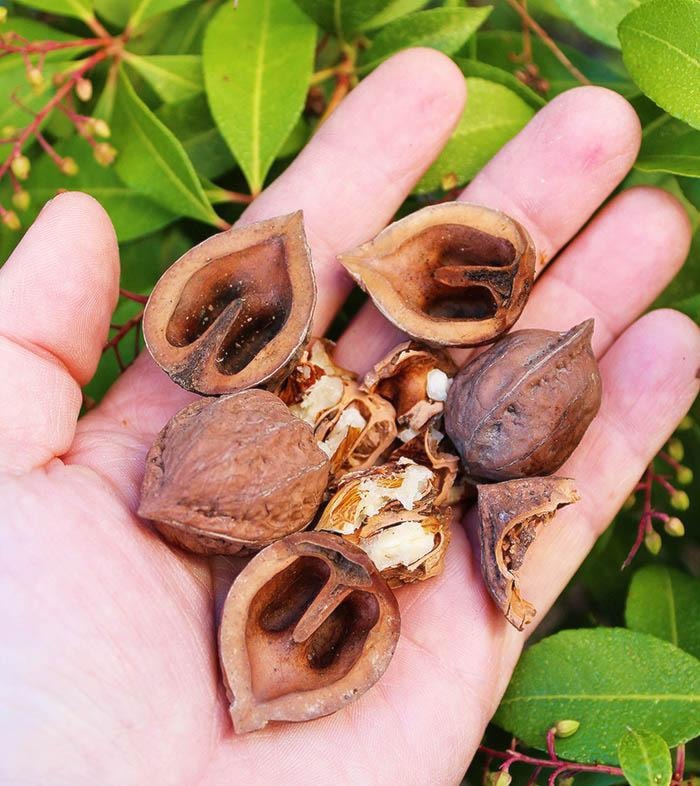The year 1942 was a bad one to be a Canadian of Japanese descent, as my family witnessed firsthand.
My grandfather, his wife and their daughter (my mother) had just relocated to Prince Rupert, where he was working on a naval base and their provided housing, rented to them, was a home being vacated by a Japanese lawyer and his extended family, who were being forcibly interned to a camp or work farm in the Interior.
Despite the awkward situation, which had nothing to do with my grandparents, the evicted family had the grace to give them parting gifts, which included a doll in a glass case for my mother, as well as a stone pagoda and a small figurine.
Only the elderly grandmother complained when leaving and when my Gran asked what she was saying, her son roughly translated it as ‘what did we ever do to deserve this?’, to which I can confidently reply some 70 years later, was nothing.
The backyard was still filled with mementos of their once happy home, which included currant and gooseberry bushes, decorations of glass fishing floats, which were gathered from the beach and buried earthen jars of rice wine or Saki.
This same injustice was carried on throughout the province, including Maple Ridge and Pitt Meadows, where many interned Japanese Canadians lost their homes, farms and businesses to what I can confidently describe as a toxic cocktail of war mongering, fear and racism.
But they, too, left traces of their former selves in the plants left behind, which included Japanese butterbur (Petasites japonicus) a common vegetable, the beautiful purple-flowered princess tree (Paulownia tomentosa) and the irrepressible butternut (Juglans cinerea), which is also known as heartnut due to the shape of the inner shell.
The latter is a naturalized fixture of many rural gardens from Thornhill to the Pitt Polder, much in part to industrious pillaging of grey squirrels, who love to bury the nuts for future use and often leave them to germinate.
The fruits are more elongated than your traditional walnut and not quite as easy to get at when cracked, but the oily seeds are sweet and flavourful with a buttery aftertaste.
It will take six to seven years before a seedling begins to produce nuts, after which it will steadily become more productive as it ages.
The tree itself is actually quite beautiful, with smooth grey bark that becomes lightly fissured over time and elegant downward sweeping branches, which are ideal for hanging swings, at least on older specimens.
The foliage is compound with many leaflets, which gives it a palm-like appearance at a distance. It’s 40-50’ tall and 50-60’ wide, with the only downside being its allelopathy – meaning that it releases a chemical (juglone) from its roots and decomposing leaves to deter the growth of other plants around it – so keep these out of the compost.
A similar but less sad story of immigrant persistence involving nut trees would be establishment of the European sweet chestnut (Castanea sativa) in and around the Fraser Valley by determined gardeners of Italian and Portuguese heritage.
This species is not widely available at garden centres (I have it for the first time this spring), so they have been growing it (from seed) and grafting their favourite cultivars for decades now.
So just remember, if it wasn’t for immigrants, most of us Canadians would be enjoying a boring diet of maple syrup and beer. Wait, I forgot it was the German’s who gave us the beer. So make that just maple syrup.
- Mike Lascelle is a local nursery manager and gardening author (hebe_acer@hotmail.com).
